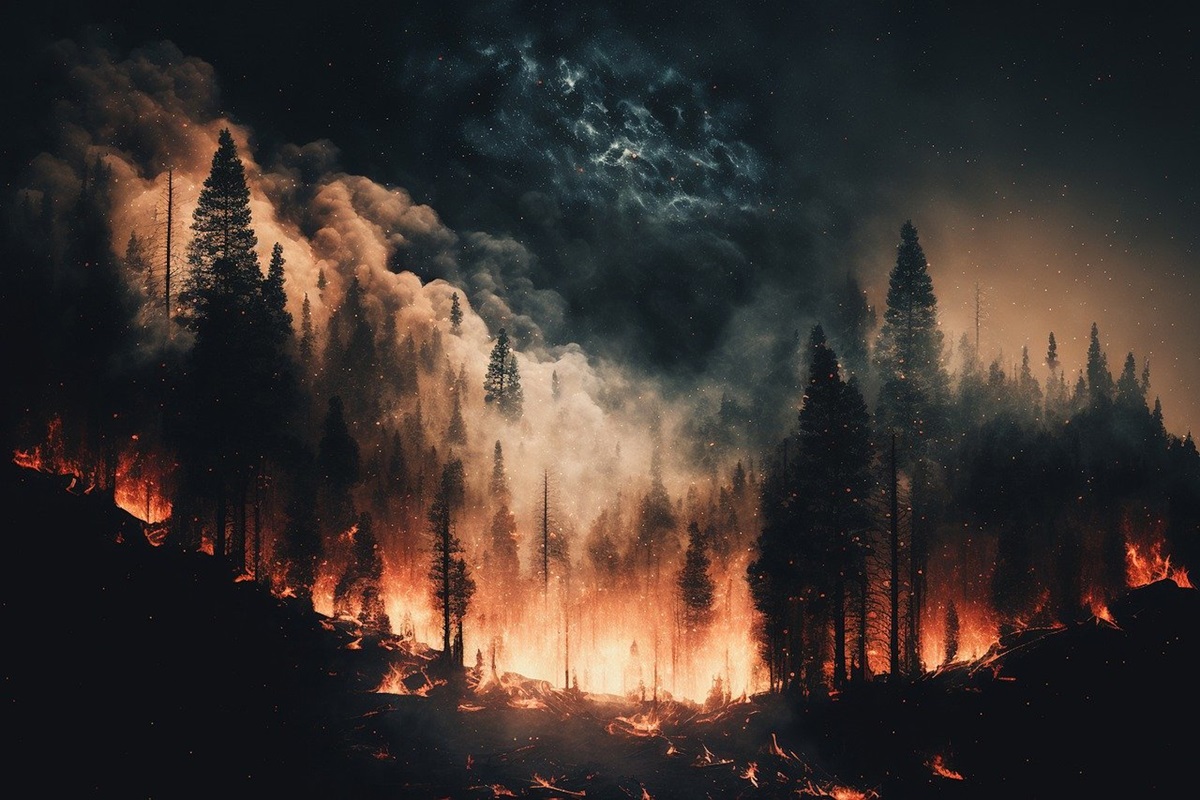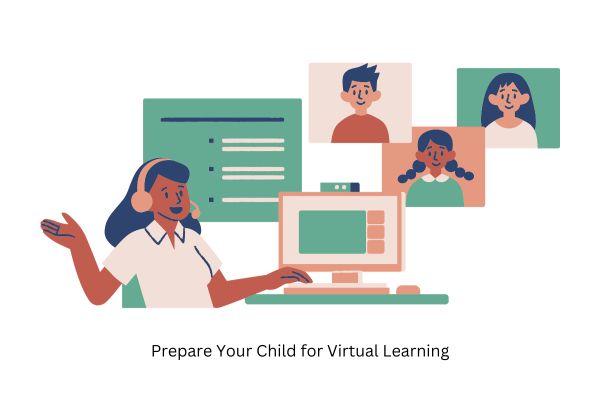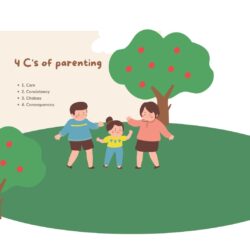Natural disasters like California wildfires can be distressing for anyone, especially children. The unpredictability and widespread media coverage can leave kids feeling anxious or scared. As a parent, your role is crucial in helping them understand these events in a way that’s both comforting and age-appropriate. Here are some practical tips to guide these conversations while maintaining a sense of safety and reassurance.
1. Start with Active Listening
Before diving into explanations, ask your child what they already know or have heard about the wildfires or other natural disasters. This helps you gauge their understanding and address any misconceptions. For example, you might say, “I heard you talking about the wildfires earlier. What have you heard about them?” Allowing them to express their thoughts and feelings without interruption shows that their concerns matter to you.
2. Keep the Explanation Simple and Age-Appropriate
Tailor your explanation to your child’s age and comprehension level. Younger children may only need to know that wildfires are fires that happen in forests and can be dangerous. For older kids, you can provide more details, such as how they start and how firefighters work to control them. Avoid overly technical terms or sharing graphic details, as this can increase anxiety.
3. Reassure Them About Their Safety
Children need to feel secure during uncertain times. If you live far from the affected area, reassure them by saying, “We’re safe here, and there are many people working to stop the fires.” If you’re closer to the disaster zone, explain the safety measures in place, such as evacuation plans or emergency kits, to help them feel prepared and less fearful.
4. Use Media Wisely
News coverage and social media often focus on the most dramatic and alarming aspects of disasters. Limit your child’s exposure to these outlets, and if they do see coverage, watch it together so you can provide context and answer their questions. For instance, you can explain, “This video shows the firefighters working hard to protect the forests and homes.”
5. Encourage Questions and Answer Honestly
Children are naturally curious, and they might have a lot of questions about wildfires or other disasters. Answer their questions honestly, but avoid sharing unnecessary details that might scare them. If you don’t know the answer, it’s okay to say, “That’s a good question. Let’s find out together.” This approach encourages learning and collaboration.
6. Highlight Helpers
When discussing natural disasters, emphasize the positive actions of people helping to manage the situation. Talk about firefighters, volunteers, and community members coming together to support those in need. This can inspire hope and show children the importance of kindness and resilience during challenging times.
7. Encourage Expression Through Art or Play
Younger children may find it hard to express their emotions verbally. Encourage them to draw pictures, act out scenarios with toys, or write stories about what they’re feeling. These activities provide an outlet for their emotions and can help them process the situation in a healthy way.
8. Teach Preparedness in a Calm Way
One way to reduce anxiety is to involve your child in emergency preparedness activities. Teach them about creating an emergency kit, making a family communication plan, or practicing evacuation drills. Frame these activities as empowering rather than fear-inducing. For example, you could say, “This is how we stay ready, just in case.”
9. Model Calm Behavior
Children often take cues from their parents’ emotions. If you appear overly anxious or panicked, your child is likely to mirror those feelings. Practice staying calm and composed, even if you’re worried. This can help your child feel more secure and confident in your ability to handle the situation.
10. Focus on Recovery and Solutions
End conversations on a hopeful note by discussing recovery efforts and long-term solutions. Share stories of communities rebuilding or scientific advances in disaster prevention. This helps children understand that while natural disasters can be scary, people are always working to make things better.
Final Words
Talking to your children about the California wildfires or any natural disaster doesn’t have to be overwhelming. By listening actively, providing clear and reassuring information, and encouraging open communication, you can help your child navigate these challenging topics with confidence and resilience. Remember, the goal is not to eliminate their concerns but to equip them with the tools to process and cope with their feelings effectively.





